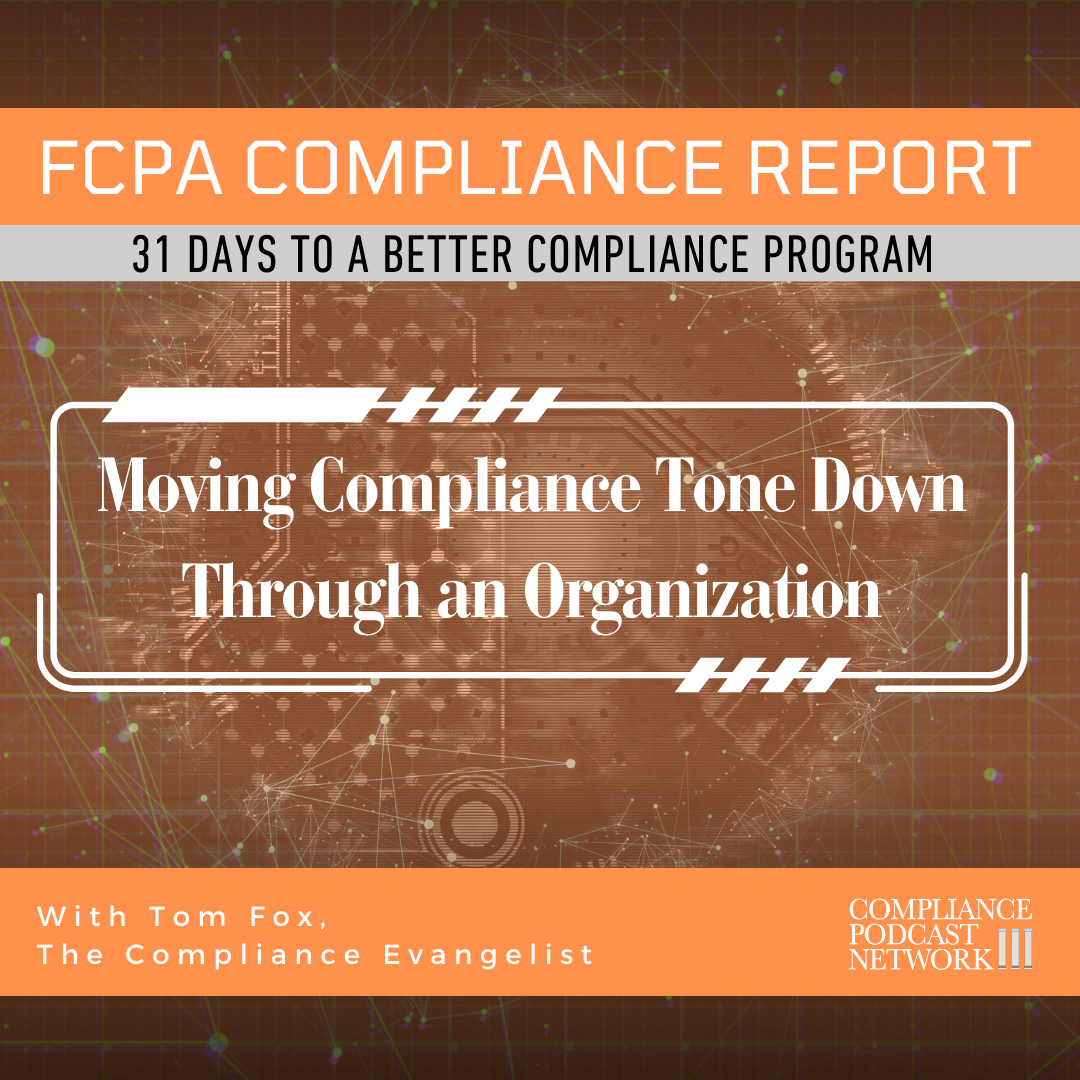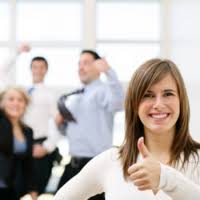Welcome to a special podcast series on the Compliance Podcast Network, 31 Days to a More Effective Compliance Program. Over these 31 days of the series in January 2025, Tom Fox will post a key part of the best practices compliance program daily. By the end of January, you will have enough information to create, design, or enhance a compliance program. Each podcast will be short, at 6-8 minutes, and will include three key takeaways you can implement at little or no cost to help update your compliance program. I hope you will join us each day in January for this exploration of best practices in compliance.
In this episode, Tom Fox discusses the importance of embedding a culture of compliance throughout all levels of an organization. Mike Volkov emphasizes that having senior management committed to compliance is not enough; the culture must permeate middle and lower management for a program to be effective. The 2024 ECCP underscores the necessity for ethical values to be embedded throughout the company’s hierarchy. This involves senior and middle management actively demonstrating their commitment to compliance, even in the face of competing business interests. Middle management plays a critical role, as they are the primary interface between most employees and upper management. The script highlights practical steps such as assembling compliance focus groups, training managers in effective listening, and ensuring organizational justice to operationalize a compliance program effectively. We also consider how to assess the real-world application of compliance measures within the company and the need for consistent and fair disciplinary actions across different regions and business units to reinforce a culture of compliance.
Key highlights:
- Embedding Compliance Culture
- Role of Middle Management
- Tone at the Bottom
Resources:
Listeners to this podcast can receive a 20% discount on The Compliance Handbook, 5th edition, by clicking here.






